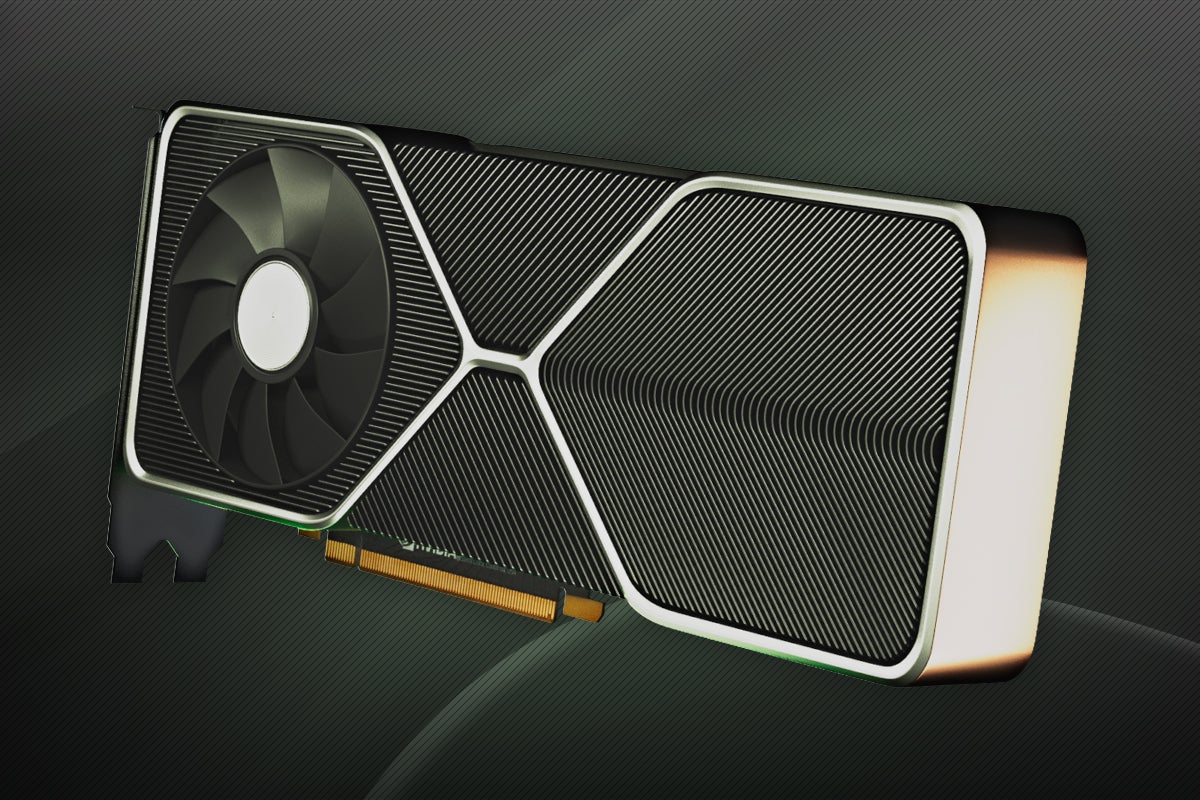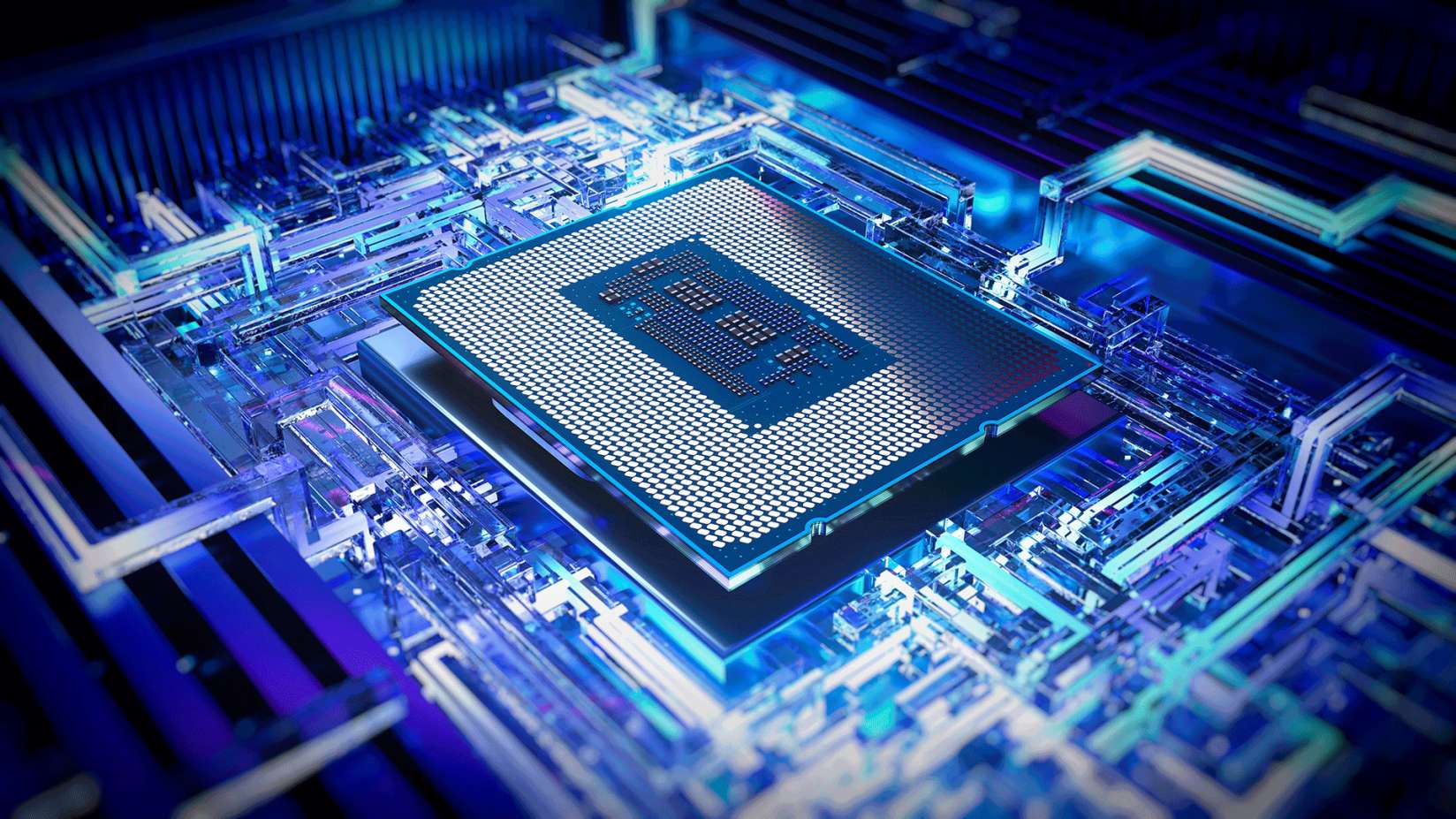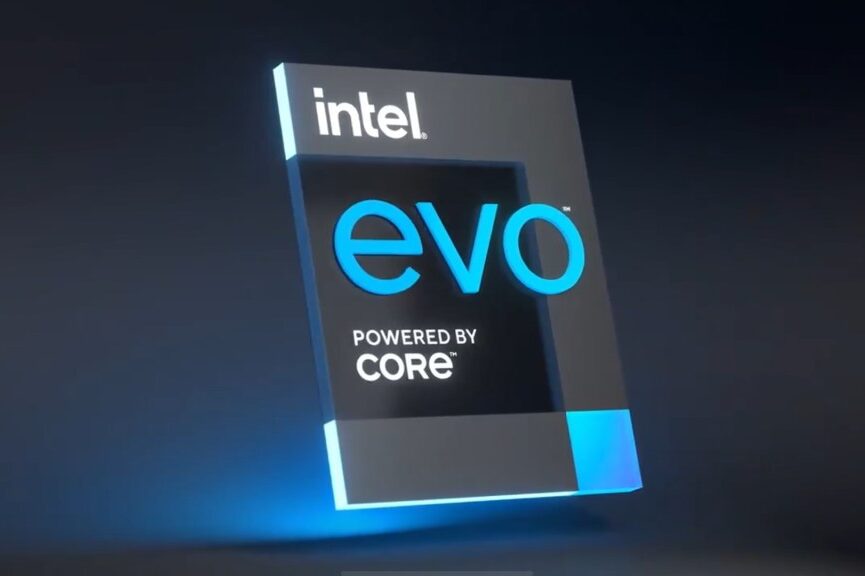What is a USB to SATA adapter and when do you need one?

If you’re looking for an easy way to access data from an internal drive without installing it inside your PC, then a USB to SATA adapter could be your answer.
Keep reading to learn everything you need to know about USB to SATA adapters, including what they are, why you might need one and what you need to know about transfer speeds.
What is a USB to SATA adapter?
A USB to SATA adapter is an adapter cable that connects an internal SATA hard disk drive (HDD) or solid-state drive (SSD) to a PC via an external connection.
Many SATA hard drives are designed to be installed inside your PC via a SATA cable. This makes it difficult to access the data on these drives without opening up your PC, especially if you don’t fancy replacing your system’s existing drive.
A USB to SATA adapter allows your PC to connect to the SATA hard drive via a USB connection instead. This means you can simply plug the USB cable into your desktop PC or laptop, and then gain access to all of the files stored on the drive.
When do you need a USB to SATA adapter?
There are several scenarios in which you might find yourself in need of a USB to SATA adapter.
By connecting an HDD/SSD to your computer using a USB to SATA adapter, you can quickly access the data on those drives. This means you can migrate data from one drive to another when replacing an old drive.
USB to SATA adapters can also be used to perform backups and recover data, making it a handy adapter to keep on hand.
For example, if a corrupted Windows file on your HDD/SSD prevents your PC from booting up, you may worry about losing all of the stored data such as documents, photos and videos. However, installing a fresh copy of Windows on a separate drive will allow you to boot up your PC, while using the USB to SATA adapter should enable you to also access all of your data on the old HDD/SSD and transfer the files over to the new one.
USB 2.0 vs USB 3.0
One thing to bear in mind when picking up a USB to SATA adapter is the transfer speed.
For example, a USB 3.0 adapter will deliver faster speeds and greater bandwidth compared to a USB 2.0 adapter. This means they can transfer your data over significantly faster.
It’s worth checking if your PC and HDD or SSD support the USB 3.0 standard (or higher) to determine whether you can take advantage of these speeds.








